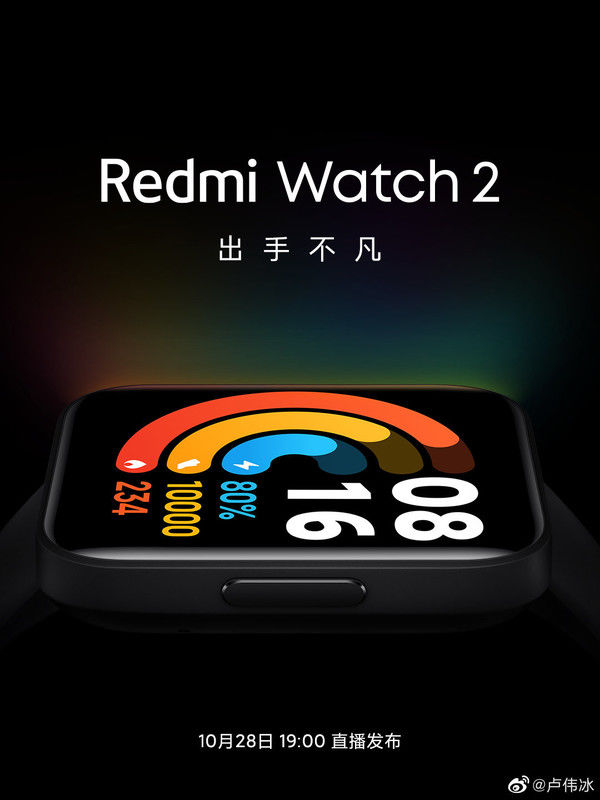在本节中, 我们将学习如何在Flutter应用程序中访问REST API。如今, 大多数应用程序都使用API??使用远程数据。因此, 对于那些希望在Flutter中成为其载体的开发人员来说, 本节将是重要的部分。
Flutter提供了http包以使用http资源。 http程序包使用了await和async功能, 并提供了许多高级方法, 例如从远程位置发送和接收数据的read, get, post, put, head和delete方法。这些方法简化了基于REST的移动应用程序的开发。
http软件包的核心方法的详细说明如下:
读取:此方法用于读取或检索资源的表示形式。它使用get方法请求指定的url, 并将响应作为Future <
String>
返回。
Get:此方法从get方法请求指定的url, 并以Future <
response>
的形式返回响应。在此, 响应是一个类, 其中包含响应信息。
发布:此方法用于将数据提交到指定的资源。它通过发布给定的数据来请求指定的url, 并以Future <
response>
的形式返回响应。
放置:此方法用于更新功能。它使用请求有效负载更新目标资源的所有当前表示形式。此方法请求指定的url, 并以Future <
response>
的形式返回响应。
头:它类似于Get方法, 但没有响应主体。
删除:此方法用于删除所有指定的资源。
http包还提供了支持持久连接的标准http客户端类。当要在特定服务器上进行大量请求时, 此类非常有用。应该使用close()方法正确关闭它。否则, 它将作为http类。以下代码对其进行了更清晰的说明。
var client = new http.Client();
try { print(await client.get('https://www.srcmini.com/'));
} finally { client.close();
}要从Internet上获取数据, 你需要执行以下必要步骤:
步骤1:安装最新的http软件包并将其添加到项目中。
要安装http包, 请在你的项目文件夹中打开pubspec.yaml文件, 然后在“依赖项”部分中添加http包。你可以在此处获取最新的http软件包, 并添加如下内容:
dependencies:http: <
latest_version>
你可以将http包导入为:
import 'package:http/http.dart' as http;
步骤2:接下来, 使用http包发出网络请求。
在此步骤中, 你需要使用http.get()方法发出网络请求
Future<
http.Response>
fetchPost() {return http.get('https://jsonplaceholder.typicode.com/posts/1');
}在上面的代码中, Future是一个包含对象的类。该对象表示潜在值或错误。
步骤3:现在, 将来自网络请求的响应转换为自定义Dart对象。
首先, 你需要创建一个Post类。 Post类从网络请求中接收数据, 并包括一个工厂构造函数, 该构造函数从JSON创建Post。你可以创建一个Post类, 如下所示:
class Post {final int userId;
final int id;
final String title;
final String body;
Post({this.userId, this.id, this.title, this. description});
factory Post.fromJson(Map<
String, dynamic>
json) {return Post(userId: json['userId'], id: json['id'], title: json['title'], description: json['description'], );
}}现在, 你必须将http.response转换为Post。以下代码更新了fetchPost()函数以返回Future < Post> 。
Future<
Post>
fetchPost() async {final response = await http.get( Give the link of JSON file');
if (response.statusCode == 200) {// If the server returns an OK response, then parse the JSON.return Post.fromJson(json.decode(response.body));
} else {// If the response was umexpected, throw an error.throw Exception('Failed to load post');
}}步骤4:现在, 用Flutter获取数据。你可以在initState()中调用fetch方法。以下代码说明了如何获取数据。
class _MyAppState extends State<
MyApp>
{Future<
Post>
post;
@overridevoid initState() {super.initState();
post = fetchPost();
}步骤5:最后, 显示数据。你可以使用FutureBuilder小部件显示数据。这个小部件可以轻松地与异步数据源一起使用。
FutureBuilder<
Post>
(future: post, builder: (context, abc) {if (abc.hasData) {return Text(abc.data.title);
} else if (abc.hasError) {return Text("${abc.error}");
}// By default, it show a loading spinner.return CircularProgressIndicator();
}, );
让我们看完整的代码, 以了解Flutter如何与REST API一起从网络中获取数据。你可以从这里详细了解更多。
import 'dart:async';
import 'dart:convert';
import 'package:flutter/material.dart';
import 'package:http/http.dart' as http;
void main() =>
runApp(MyApp());
class MyApp extends StatefulWidget {MyApp({Key key}) : super(key: key);
@override_MyAppState createState() =>
_MyAppState();
}class _MyAppState extends State<
MyApp>
{Future<
Post>
post;
@overridevoid initState() {super.initState();
post = fetchPost();
}@overrideWidget build(BuildContext context) {return MaterialApp(title: 'Flutter REST API Example', theme: ThemeData(primarySwatch: Colors.green, ), home: Scaffold(appBar: AppBar(title: Text('Flutter REST API Example'), ), body: Center(child: FutureBuilder<
Post>
(future: post, builder: (context, abc) {if (abc.hasData) {return Text(abc.data.title);
} else if (abc.hasError) {return Text("${abc.error}");
}// By default, it show a loading spinner.return CircularProgressIndicator();
}, ), ), ), );
}}Future<
Post>
fetchPost() async {final response = await http.get('Give your JSON file web link.');
if (response.statusCode == 200) {// If the call to the server was successful (returns OK), parse the JSON.return Post.fromJson(json.decode(response.body));
} else {// If that call was not successful (response was unexpected), it throw an error.throw Exception('Failed to load post');
}}class Post {final int userId;
final int id;
final String title;
final String description;
Post({this.userId, this.id, this.title, this. description});
factory Post.fromJson(Map<
String, dynamic>
json) {return Post(userId: json['userId'], id: json['id'], title: json['title'], description: json[' description'], );
}}【Flutter REST API介绍和使用】JSON文件如下所示。
[ { "userId": 01, "id": 1, "title": "iPhone", "description": "iPhone is the very stylist phone ever"}, { "userId": 02, "id": 2, "title": "Pixel", "description": "Pixel is the most feature phone ever"}, { "userId": 03, "id": 3, "title": "Laptop", "description": "Laptop is most popular development tool"}, { "userId": 04, "id": 4, "title": "Tablet", "description": "Tablet is the most useful device used for meeting" }]推荐阅读
- Flutter测试
- Flutter数据库概念
- Flutter包package
- Flutter导航和路由
- Flutter创建特定于Android平台的代码
- Flutter动画
- Flutter列表
- Flutter抽屉drawer
- Flutter标签栏











